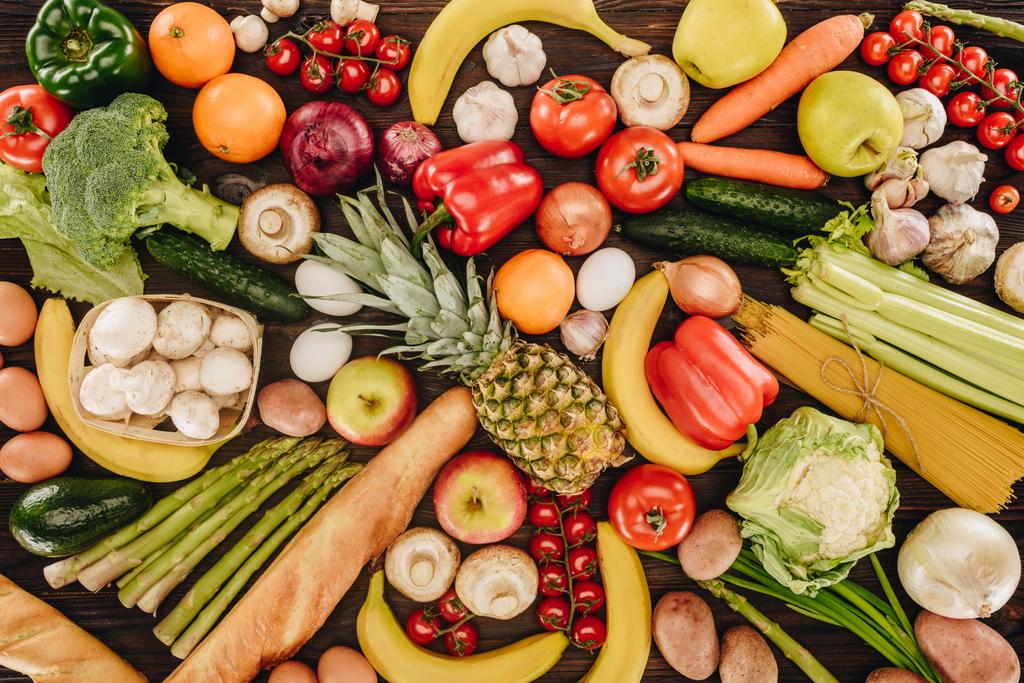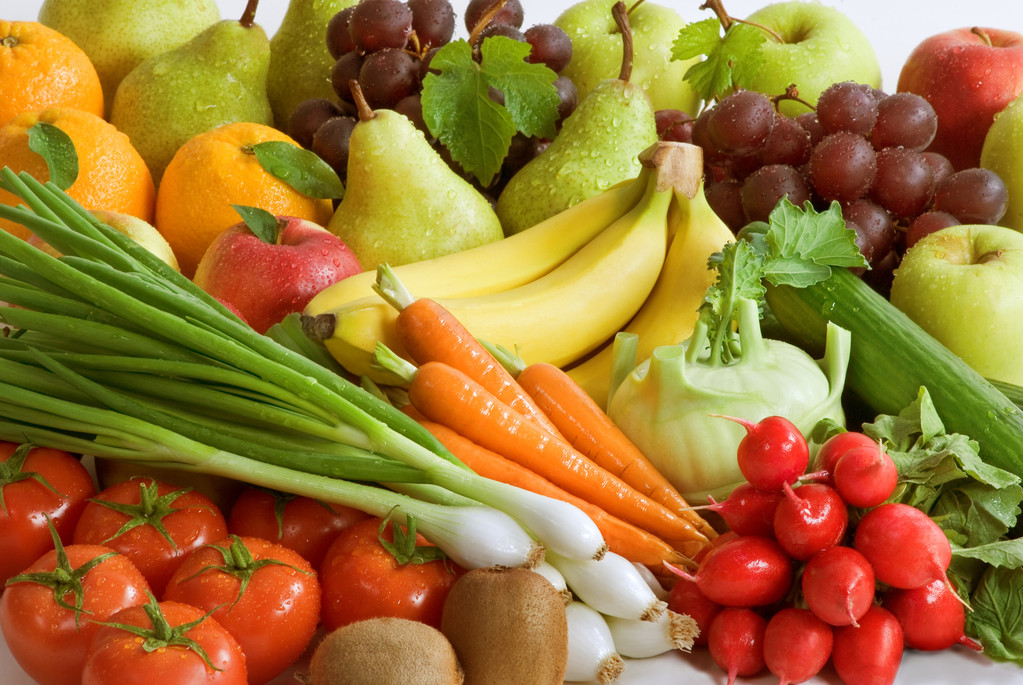The “Paleo diet” only includes foods that our Stone Age ancestors ate. You can find out here what advantages and disadvantages it has and whether there is also a meatless version.
Paleo diet: Eat like in the Stone Age
Eating like in the Stone Age – according to this resolution followers of the Paleo diet eat. This is not a diet in the traditional sense. After all, you can eat as much as you want and you don’t have to count calories. Rather, the Paleo diet is a nutritional philosophy.
The representatives of this Stone Age diet adhere to the presumed diet of our ancestors – the hunters and gatherers. That is, they feed exclusively on foods that already existed in the Paleolithic period, such as:
fruit and vegetables
meat
Fish
eggs
nuts
Taboo, on the other hand, are foods that we have only been producing and consuming in large quantities since the invention of agriculture:
Grain
sugar
potatoes
Dairy products
legumes
and processed foods
Paleo diet to prevent lifestyle diseases
The basic idea behind this nutritional concept is that humans have spent far more time on this planet as hunters and gatherers than as sedentary farmers. His body therefore had more time to adapt to the diet of the time than to the modern diet.
Civilization diseases like
diabetes
high blood pressure
overweight
have arisen in our “settled time”. From this, proponents of the Paleo diet conclude that the Stone Age diet is more natural and tolerable.
Is the Paleo Diet Healthy?
There are few clinical studies examining the long-term effects of a Paleo diet. Existing studies show that the diet can have a positive effect on the body:
In a study of 70 overweight women, half followed the Paleo diet while the other half followed the Nordic Health Recommendations. Fat mass was reduced to a similar extent in both groups, but the percentage of triglycerides fell more in the Paleo group. A high proportion of triglycerides in the blood can promote arteriosclerosis.
In a study of patients with type II diabetes, the paleo diet also reduced the subjects’ fat mass and also improved their insulin metabolism.
In another study, in which only 20 subjects took part, the paleo diet reduced cholesterol levels.
The Paleo diet appears to have health benefits. However, one review notes that weight loss on the Paleo diet (like other diets) is probably primarily due to reduced calorie intake. The studies also do not show whether the Paleo diet also has positive effects in healthy people. In addition, despite isolated successes, there is no scientific evidence that the diet can alleviate conditions such as autoimmune diseases or allergies.

Is there a vegetarian form of the Paleo diet?
There is also a meatless version of the Paleo diet. Paleo vegetarians call themselves the vegetarian Stone Age eaters. And basically, both diets have something in common – they attach great importance to fresh fruit and vegetables.
However, a paleo-vegetarian diet eliminates meat in addition to grains, dairy, potatoes and legumes. It is therefore important to look for alternative sources of vegetable protein and to pay particular attention to the regular consumption of nuts, healthy vegetable fats and seeds.
It is advisable to consult a doctor or nutritionist beforehand and to carry out regular blood tests.

